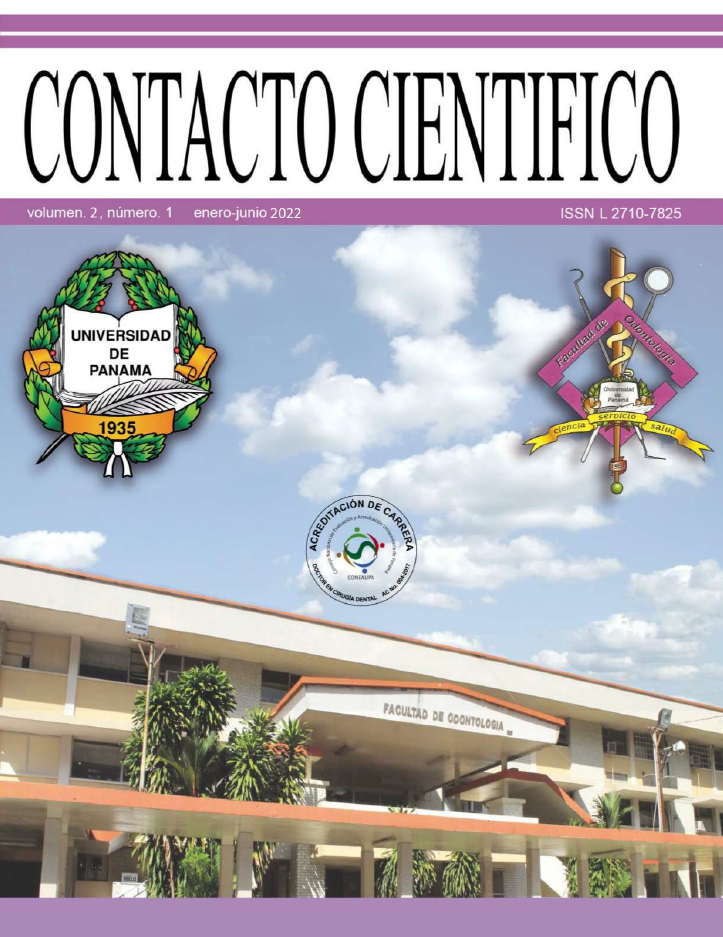

El objetivo de este artículo es realizar una revisión de la literatura de las aplicaciones de las CBCT para observar los tejidos de soporte periodontal y poder definir los límites de los movimientos ortodónticos cuya aplicación clínica favorece los resultados óptimos del tratamiento ortodóntico, reduce el riesgo de recesiones gingivales y enfoca el abordaje terapéutico personalizado en base al fenotipo del paciente a tratar.
Luego de la revisión de la literatura se refuerza el uso de las CBCT como método radiográfico óptimo para la evaluación de las estructuras de soporte periodontal en las distintas maloclusiones sagitales, transversales y de caninos retenidos.
La relevancia clínica de esta revisión se enfoca en la prevención de defectos periodontales y el deterioro de las estructuras de soporte dental como consecuencia de los tratamientos ortodónticos.